Two Sides of the Same Coin
Contributing Editor: Ina Pannell-SaintSurin, Special Education Teacher and Responsive Classroom Consulting Teacher
In graduate school, while studying education, I remember taking a course titled “Critical Issues in Education.” Certainly, education in the United States has historically seen many critical issues—lack of government funding, class sizes too large, No Child Left Behind, inadequate and harmful disciplinary policies, segregation, standardized testing, poverty, safety issues, and the achievement gap, to name a few. Now, in the year 2021, we are experiencing a global pandemic that is impacting education in a critical way and exposes all of the above issues that one simple solution cannot resolve. The global pandemic encompasses and magnifies all of them.
As we face the new challenges of hybrid and distance learning, we must take this opportunity to promote, embrace, and provide social-emotional learning strategies in our instruction. We need to think even more thought-fully about how to create classrooms and schools where children feel safe, valued, validated, and challenged academically, and can experience the joy of learning.
The contributors in this issue offer strategies and opportunities to expand the ways that we think of fostering social-emotional skills in our school communities during the pandemic. Be prepared to have your thinking pushed outside the box and to reimagine the possibilities to lift up our students, families, and each other with these suggestions and strategies. This is how we will meet with success as we deal with the current critical issues in education. And remember to add some grace, too.
Articles in this Issue
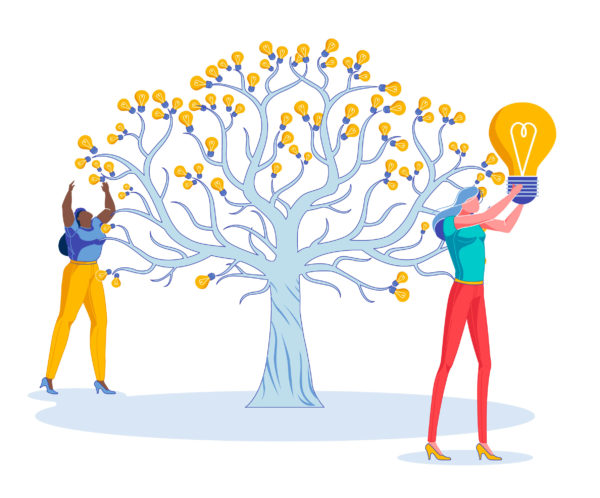
Growing Back to School: The Child Is the Curriculum
Center for Responsive Schools (then Northeast Foundation for Children) was founded in 1981 and in 1985 published its first book, A Notebook for Teachers: Making Changes in the Elementary Curriculum,…
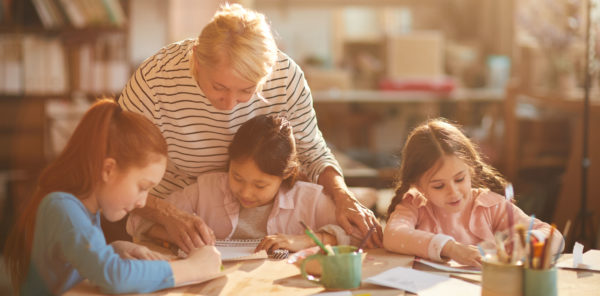
Creating Space for Children and Adults To Be Their Best Selves
There have always been inequities within and between schools in the United States. Now, as education is disrupted by COVID-19, previously existing inequities are more apparent and new inequities are…
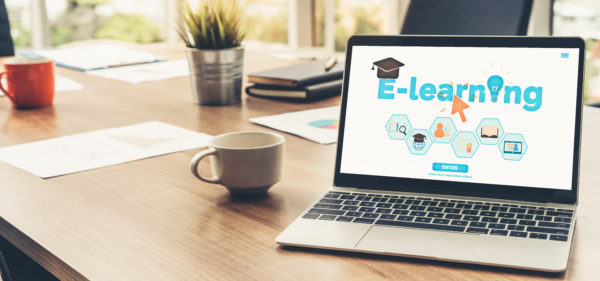
What About the Children? Distance Learning That Prioritizes Wellness
Distance learning became the solution many school districts turned to last spring as elected officials and educational leaders began to realize the real threat that the pandemic posed. Weeks of…

Making Time to Teach SEL Skills Using SEL Strategies
“The first 15 minutes of class is a social and emotional check-in. I start with asking my kids how they feel and they can respond with the emoji, giving a…
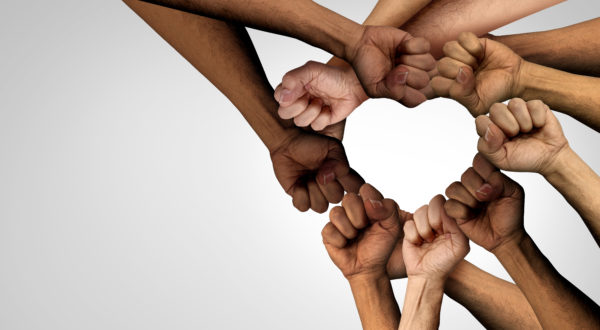
Culturally Responsive Teaching & Social-Emotional Learning: Instilling the Will to Make Both “Essential Workers”
It goes without saying that 2020 has been a challenging and overwhelming year for parents, students, and educators. Parents and their children have had to modify rituals and routines at…

Social-Emotional Learning Strategies with a Focus on Racial Equity
Since March 2020, we have been living with an increased sense of instability, uncertainty, and confusion as our lives changed significantly with the emergence of a global pandemic. Positioned in…
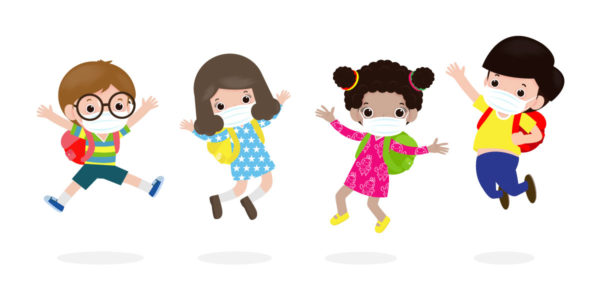
Social-Emotional Learning & Diverse Books: One Cannot Exist Without the Other
As teachers, we know how difficult it is to explain and define emotions in concrete terms. A situation arises and we grapple with how best to approach it with the…
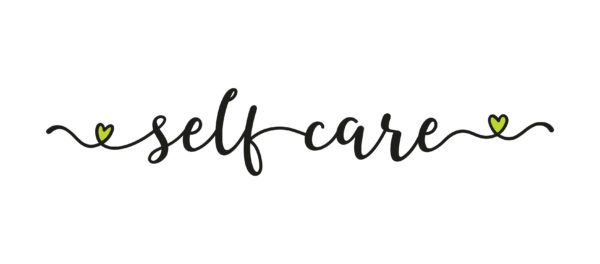
Self-Care is an SEL Strategy
To those in our school communities: What are you doing for self-care? This has been the question asked repeatedly of educators, administrators, school staff, school nurses, and others in education…
